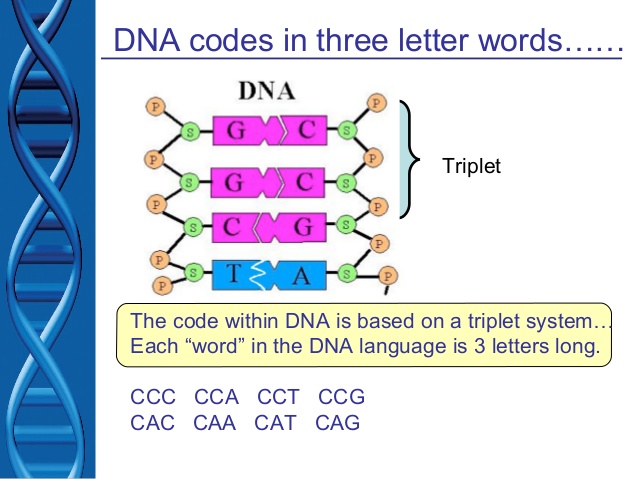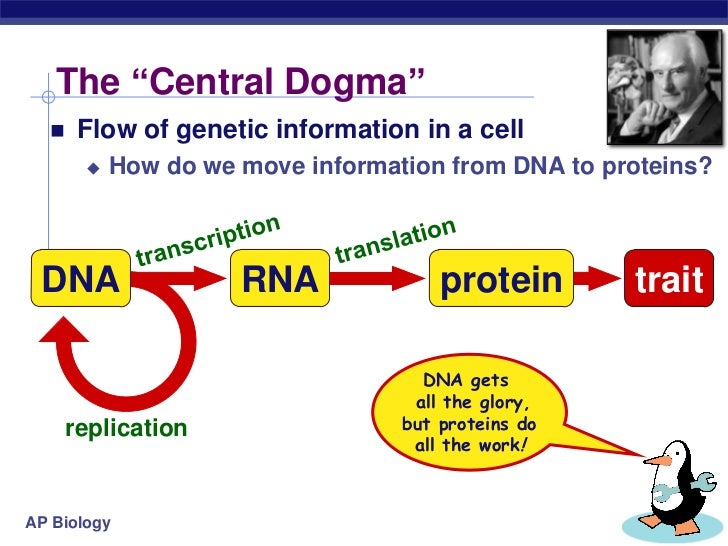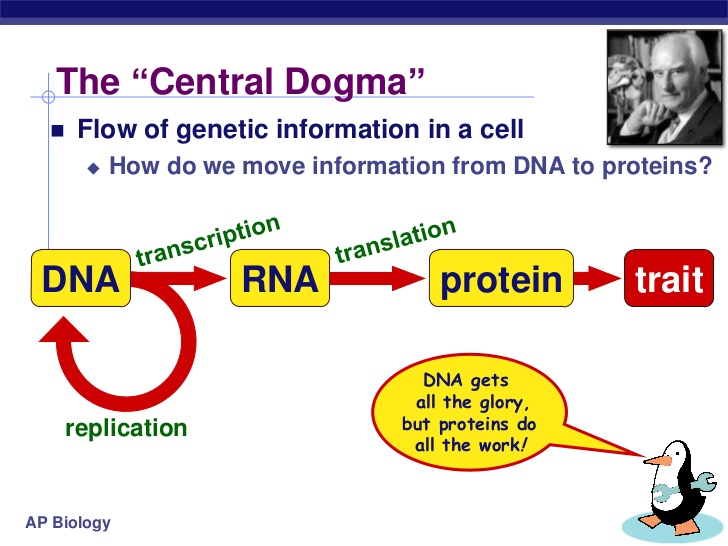How do birds and dogs both use DNA as instructions for building their bodies even though they are very different organisms?
1 Answer
Great question. I think every teacher would try to explain this in a different way. So let me try mine.
Explanation:
DNA is language of life, which uses only four letters (=nitrogenous bases). In this language only three-letter words are allowed (=codons).

( )
)
Interestingly, In this language, punctuations are not used except full stop. Of the possible 64 codons, three are used as 'stop' codon. Thus only 61 words are there, which represent nothing but only 20 amino acids.
So the language of DNA can write stories of polypeptides by using codon sequences. Each codon represents one amino acid, hence a string of codons will represent a chain of amino acids attached in sequence by peptide bonds- forming a polypeptide.
Recipe of one polypeptide is one genetic story: called a gene. Several different such recipes could be written by codons of DNA. Each organism has DNA as genetic material, but protein recipes vary from one genome to other genome, moreover an organism may have few specific recipes of proteins absent in other organisms.

( )
)
Obviously, dog and cat genome will have many genes in common: for example they both will have gene for keratin, which gives rise to their claw. They will have same genes to control cellular respiration. But there are several other genes which would work differently: some genes would be unique in only one of them, and so on.
Proteins act as building material, enzymes, molecular carriers, receptors, etc etc and hence DNA of an organism generates an array of unique cocktail of proteins in different phases of growth and development; this is why a cat is so different from the dog despite having DNA as genetic material.
I would request you to read this featured answer to get a better picture.
